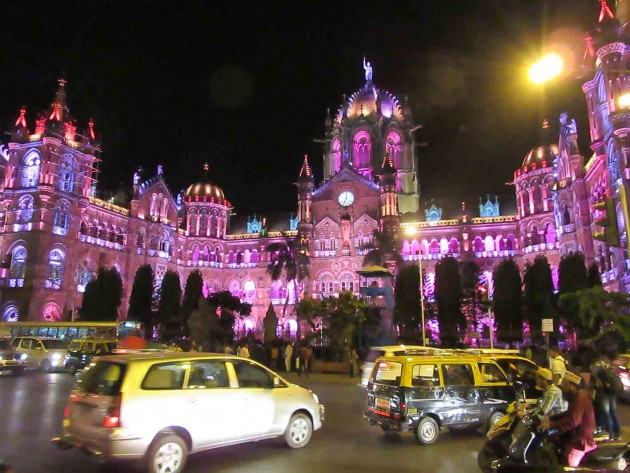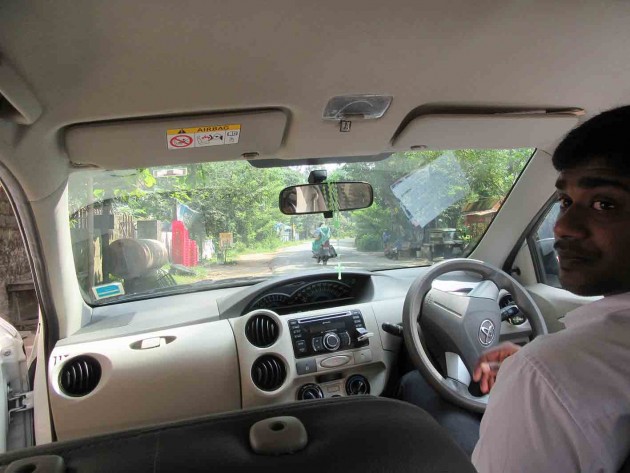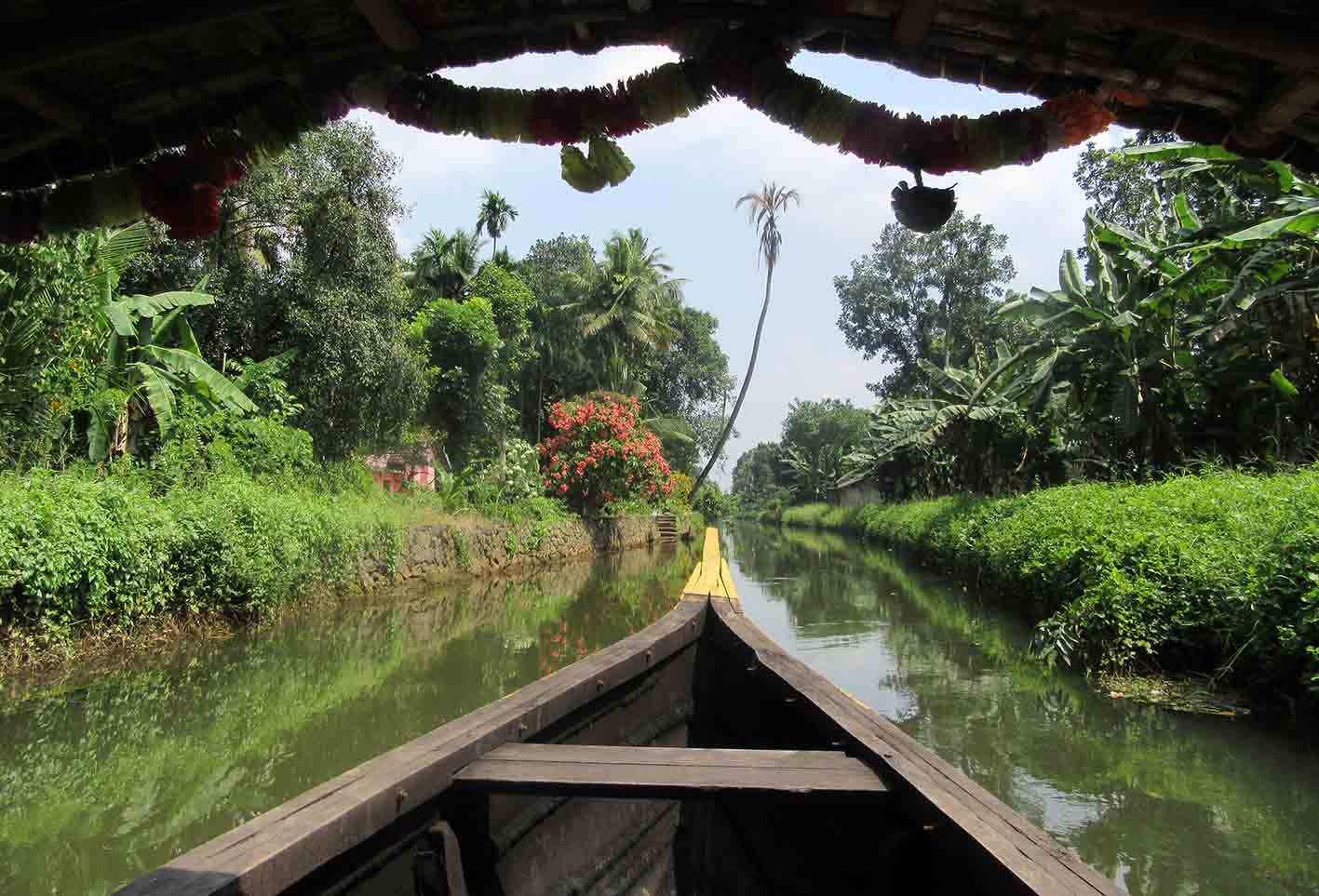
Helen Grange interprets India through all her garrulous escorts!
India is intriguing, but make sure you have a guide, because there’s no better way to appreciate the quirks and contradictions of this country than through the curious communications of an informed resident.

Just a caution, if your guide is driving you about, he’s not about to pander to your petty anxieties about traffic lights and lane demarcations. You want to get to your hotel, right? Well, take a chill pill. Try not to notice that the four-lane highway to Mumbai actually caters for six streams of cars that don’t value personal space like you do. A millimetre to pass is standard, as long as you hoot first to announce your intimacy.
“Mumbai is a place for people! It takes me 20 minutes to come to work, and maybe an hour-and-a-half to get back,” beams my driver Yadav, but evidently that doesn’t bother him, because he quickly changes track. “All street fashion originates here. And did you know, Bollywood makes five to 12 movies a week? His eyes drift off, then he adds furtively: “A lot of beautiful dancers live in Mumbai!”
Dilip is my city tour guide. He who bursts my bubble about Leopold’s, the famous bar mentioned with great reverence in the book Shantaram. “It’s a hole in the wall,” he announces, in that delightfully candid manner of educated Indian folk. He’s not far off, although it gathers steam on a Saturday night as patrons erode a ‘Tower of Beer’ (a speciality, equivalent of two pitchers) and sing along to Footloose and Girls on Film.

Some tour guides know their patter but little else. Not Dilip. He intuited my interests and was quick to fill in the gaps, although it didn’t take long to ascertain that he is more interested in colonial architecture than botany. “Victoria train station is one of our greatest British legacies, but aside from the Victorian buildings, we have Italian Gothic and the second biggest collection of Art Deco buildings after Miami,” he effused, but when I ask him the name of a striking tree in the Hanging Garden, he paused, then brushed me off with: “It’s a tree with flowers that are actually leaves”.
Sometimes, a single description was allocated to a bunch of things. “Mumbai is rich with monkeys and spices … pepper, cardamom … and gentle elephants,” he said, adding, “in Mumbai, when you look upon people’s faces you see a smile. That’s because we are used to hosting everybody for hundreds of years!” True, although the British clearly took preference in the visitor stakes.
I became so dependent on Dilip that I wanted him to accompany me to the ATM, but he pushed me out of the car like a fledgling from the nest. I was on my own. “Can this machine take VISA card?” I asked the security attendant. In India the head wiggle is akin to sign language for the non-deaf. No? Yes? I couldn’t tell. I shoved my card in anyway, but it was spewed out. “No! No funds!” the attendant said sternly. So he could say ‘no’ after all!

My guide in Kochi, in Kerala state near the southern tip of India, was Nasar, a school-teacherish sort of chap who took me to Dhoby Khana, a public, open air laundry where the work is so knuckle-grinding and wet it screams out for a consignment of Whirlpool washing machines. Of course I asked why this nifty little invention hadn’t arrived yet. He replied: “The electricity is too high.” Then, I assume because I was blathering on about the hot conditions, he added nonchalantly: “Our skin is dark black. We are used to it.”
Nasar did me a big favour before I ventured into the Indian Bazaar, an irresistible mecca of beautiful knick-knacks. Pulling me aside, he leaked the exam paper: “Before you go in there, you must understand about bargaining. It’s just the way it is. Don’t be scared. The real price is about half.” An hour later, after a cup of masala tea, a staged row with the proprietor and a pretend walk-out, I passed the test, and emerged with a vast cloth made from a hundred bridegroom costumes, for three-quarters of the price initially quoted. I deserved a bindi!
Satish, who took me boating on the Kumarakom canals, was my favourite. His explanation of the Kochi canals that connect the sea with rivers went thus: “The backwaters are the backside of the sea. We have 1900km2 of them. They are brackish water, fresh and salt water mixed. Kerala has 44 rivers, and it’s because we get 3100mm of rain a year. Are you clear?” Mostly I was as clear as mud, but it didn’t matter because the ‘Venice of the East’ is a trippy meditation worth all the heat and the Delhi belly I’d so far endured. Now and then Satish would puncture my waking dream with a crisp observance. “People hardly have toilets here, but everybody has a mobile phone. Even beggars.”

Back in the car I let out a whimper as we narrowly missed a bus going hell-for-leather in the opposite direction. “Sorry, I get nervous,” I offered. “No, you are relatively quiet. Some tourists scream loudly,” Satish assured. I was certain this was no exaggeration. We got onto more interesting topics, like the 40-something lady, one of just six Jews in Cochin, who attends the door at Cochin’s 15th century Paradesi synagogue, the Commonwealth’s oldest. “She doesn’t let you speak for four minutes… she’s not very well,” said Satish.
That’s India. Everything is open to interpretation. Like the billboard advert for a mattress that read: “Full prone support for a plush sleep!”
- The Intercontinental Hotel Group hosted my trip. Visit www.ihg.com
- Business Class flights came courtesy of Emirates Airlines, via Dubai.





